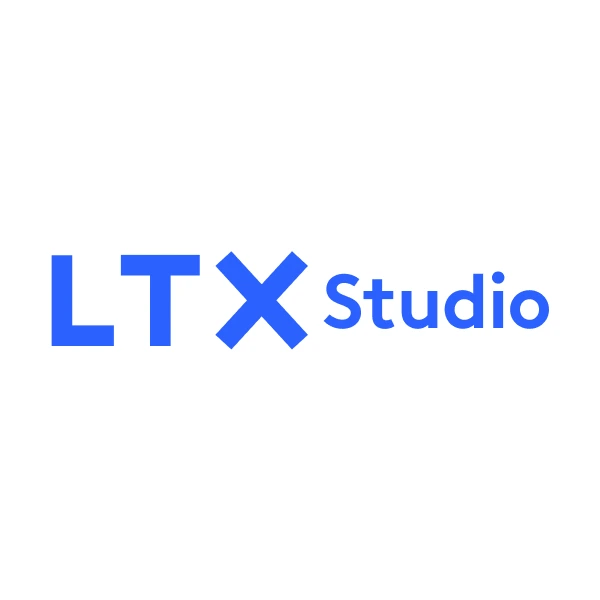From Roger Deakins’ haunting landscapes in Blade Runner 2049 to Emmanuel Lubezki’s flowing camera work in Birdman, cinematography turns scripts into visual poetry. This art form combines technical mastery with creative vision to make every frame we see on screen.
What makes great cinematography beyond beautiful images, and how can we access these visual techniques with tools like LTX Studio? Let’s dive into the craft that turns words into unforgettable visual experiences.
What Is Cinematography?
Cinematography is the art of visual storytelling through deliberate camera and lighting choices that shape how we see and respond to narrative content. Understanding cinematography means it’s the bridge between written scripts and visual experiences, where technical decisions about exposure, movement and composition create mood, guide our attention and communicate themes without dialogue.
Cinematography matters because it sets the tone of every scene, influences how we interpret character motivations and creates the visual language that distinguishes one film from another. Great cinematography makes us feel tension, joy or melancholy through pure visual means, showing how camera position, lighting and color are narrative tools equal to performance and dialogue.
Key Elements of Cinematography
Lighting sets the atmosphere and tone by controlling how we perceive mood, time of day and emotional context. Cinematographers use light quality, direction and intensity to create everything from noir shadows to romantic golden hour glows that shape our emotional response.
Camera Angles & Movement determine perspective and energy in scenes, low angles create power dynamics, high angles suggest vulnerability and camera movement adds dynamism or keeps us still for contemplative moments. Composition & Framing create visual balance and depth through subject placement, rule of thirds and foreground-background relationships that guide our attention.
Color & Tone communicate through color grading and symbolic color associations that reinforce themes and emotional states. Focus & Depth of Field direct our attention by controlling what’s in focus and what’s not, isolating subjects or keeping the environment in context based on narrative needs.
These cinematography techniques combine to answer what does cinematography include and what does cinematography consist of - the complete visual toolkit that turns basic camera operation into visual storytelling.
What Does Cinematography Include?
Digital cinematography is modern filmmaking with digital cameras that give us immediate feedback, flexible color grading and efficient storage compared to traditional methods. This is the way we work today with cameras like ARRI Alexa and RED systems that capture high resolution images with lots of post production flexibility.Film cinematography remains relevant through 35mm and 70mm capture that gives us unique aesthetic qualities like grain structure, color and dynamic range that some cinematographers prefer for specific projects or artistic visions.
Aerial cinematography uses drones, helicopters and specialized mounting systems to get overhead shots and sweeping establishing shots that give us scale and grandeur that’s impossible from ground level.
Other types of cinematography include black-and-white cinematography that emphasizes form and contrast over color, animation cinematography that applies cinematographic principles to animated content and underwater cinematography that requires specialized equipment and techniques for aquatic environments.
Cinematography in LTX Studio
LTX Studio shows how AI democratizes cinematography by making advanced visual techniques available without technical knowledge or expensive equipment. The platform’s cinematography tools allow creators to get professional grade results through intuitive controls that handle complex technical processes automatically.
In Gen Space, creators can select camera angles, movement and lighting presets that apply cinematographic principles instantly, so they can experiment visually without physical gear, location scouting or lighting setup. This cinematography workflow allows rapid iteration through different visual approaches to find the best storytelling solution.
The storyboard generator allows you to apply different visual looks and preview shots before final generation, ensuring consistent cinematographic choices across entire projects. The platform integrates AI tools like Nano Banana and Flux Kontext for frame generation, then extends these static images into full video with LTXV or VEO models that maintain cinematographic consistency across motion sequences.
This way cinematography is no longer a technical discipline that requires years of training and significant equipment investment but a creative tool where storytellers can focus on visual narrative choices rather than technical implementation challenges.
Conclusion
Cinematography is the visual core of filmmaking, turning written narratives into visual experiences through masterful control of light, camera and composition. From classical film techniques to modern digital workflows cinematography evolves while its purpose remains the same: to create emotional connection through visual storytelling.
With LTX Studio, aspiring cinematographers and experienced filmmakers can access advanced visual techniques through AI powered tools that handle technical complexity while keeping creative control. Whether you want to try dramatic lighting scenarios, experimental camera movements or distinctive color palettes, modern platforms democratize cinematographic excellence and allow visual storytelling at all skill levels and budget ranges.
Heading
October 5, 2025
















.png)







